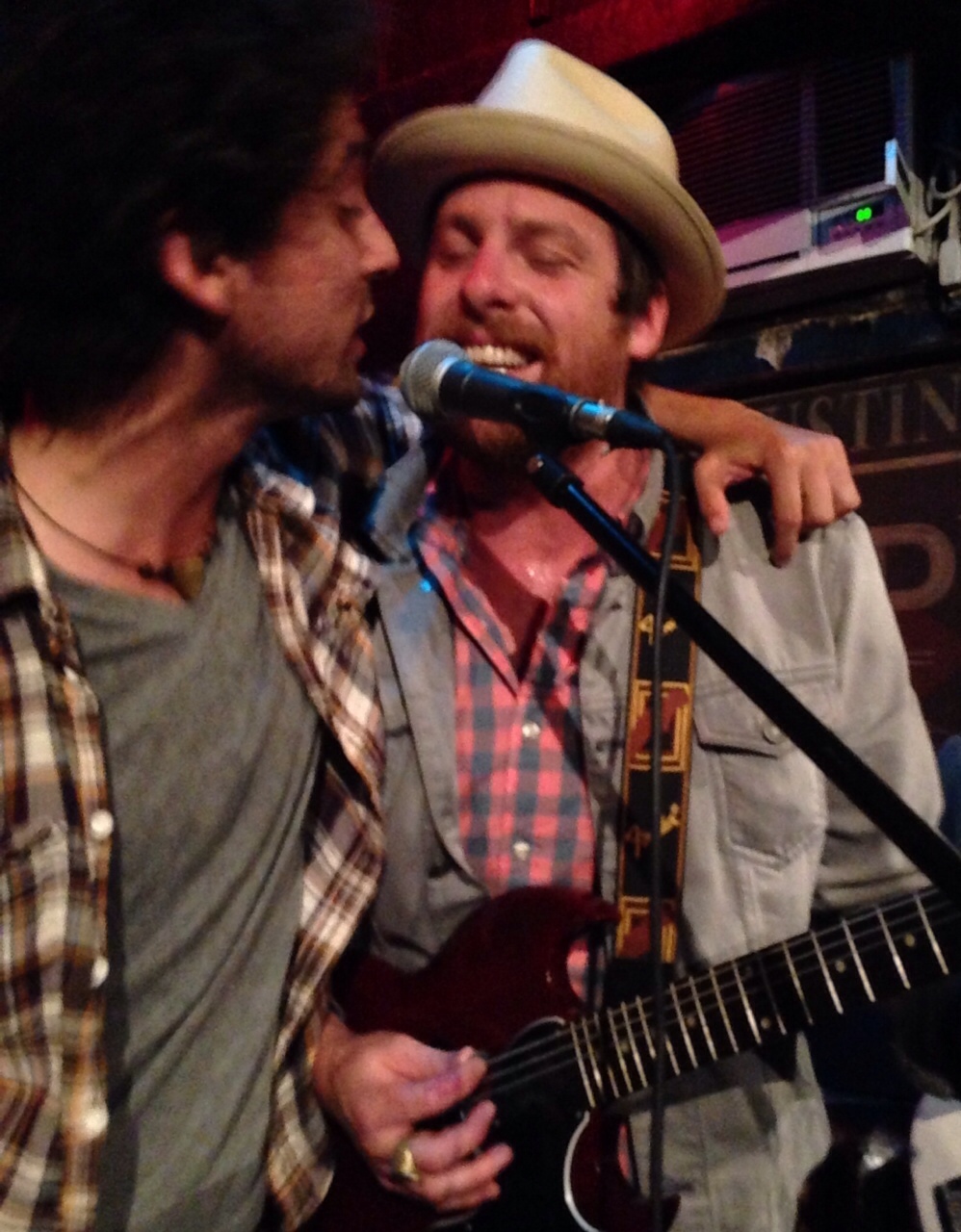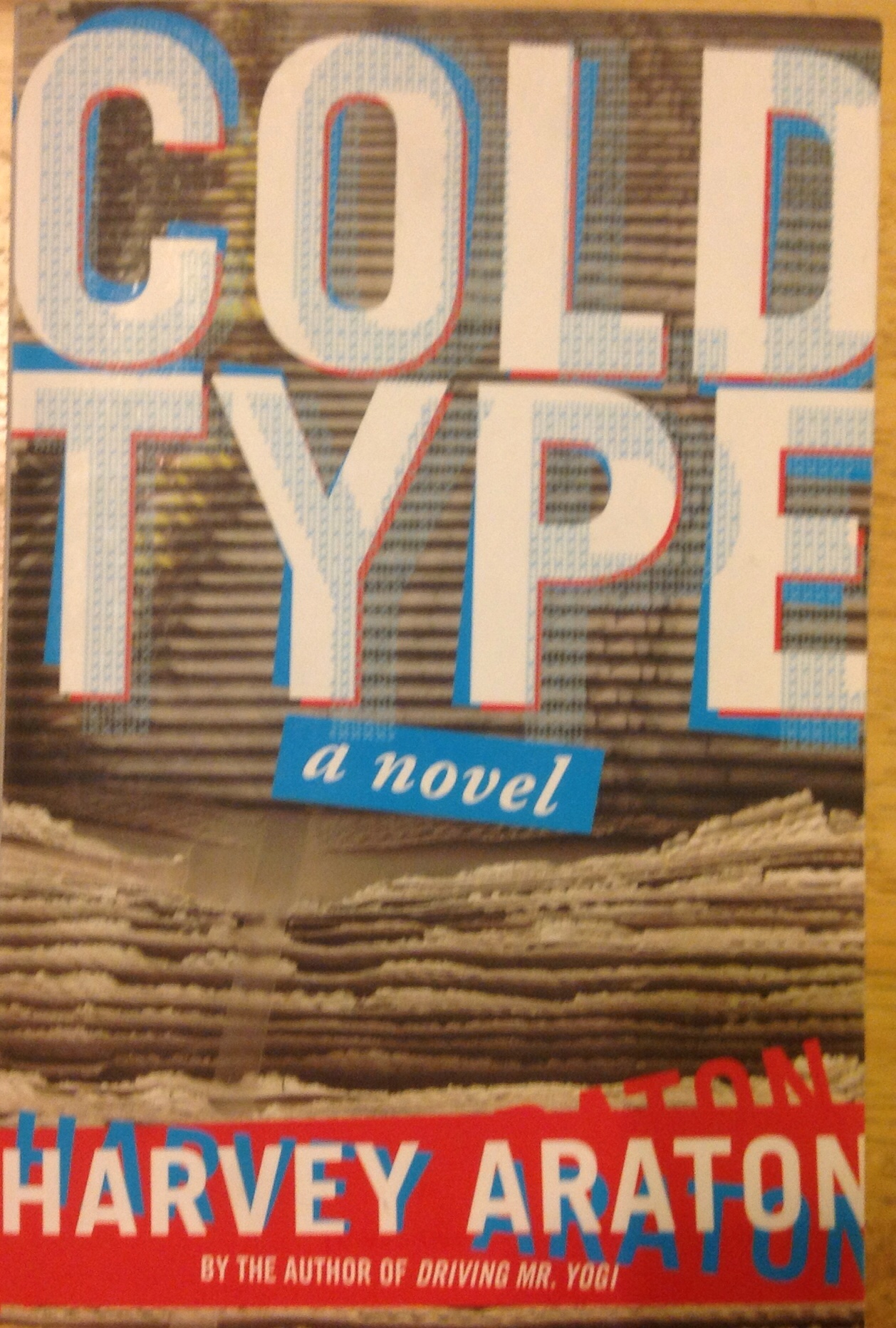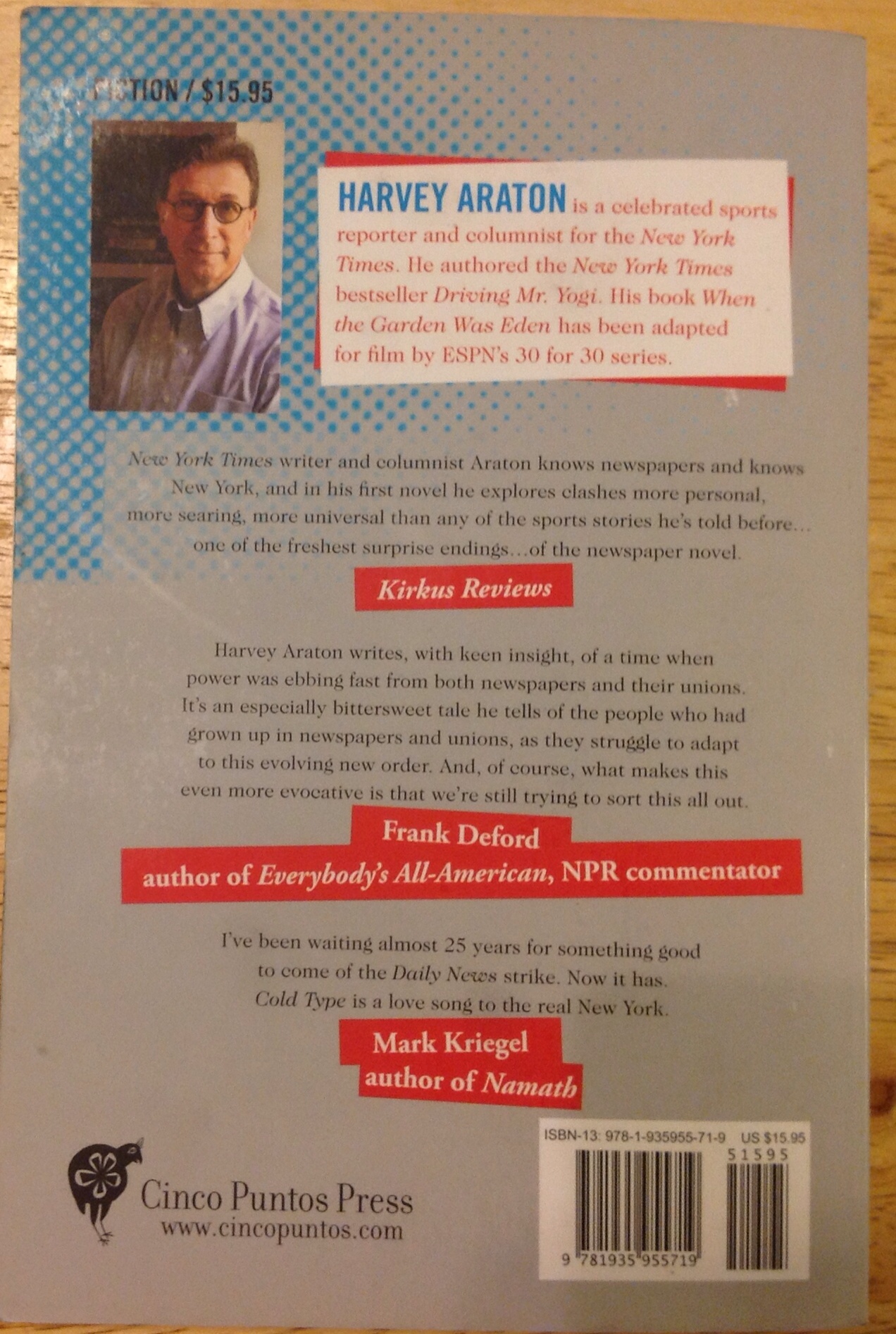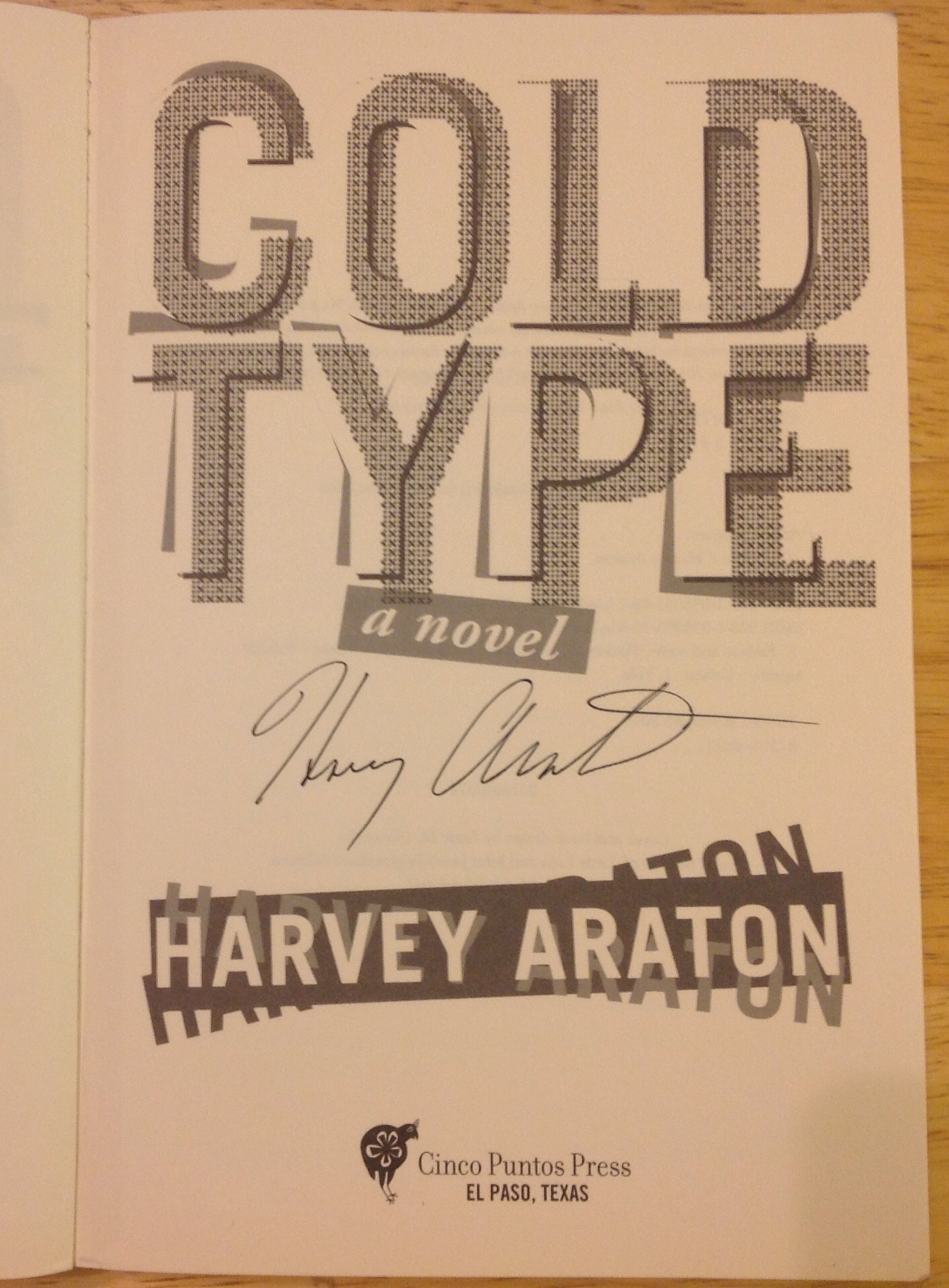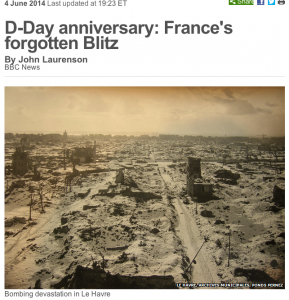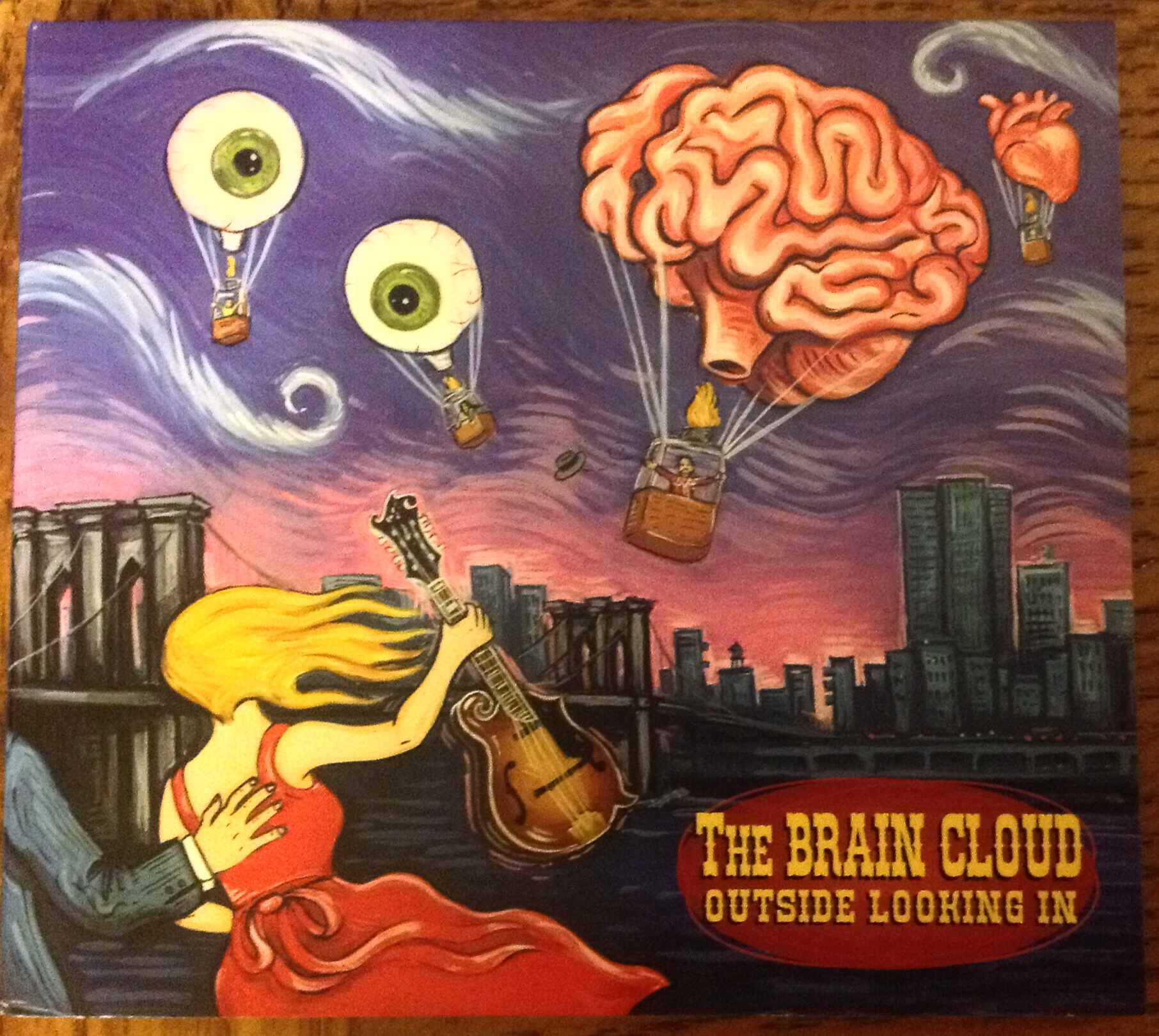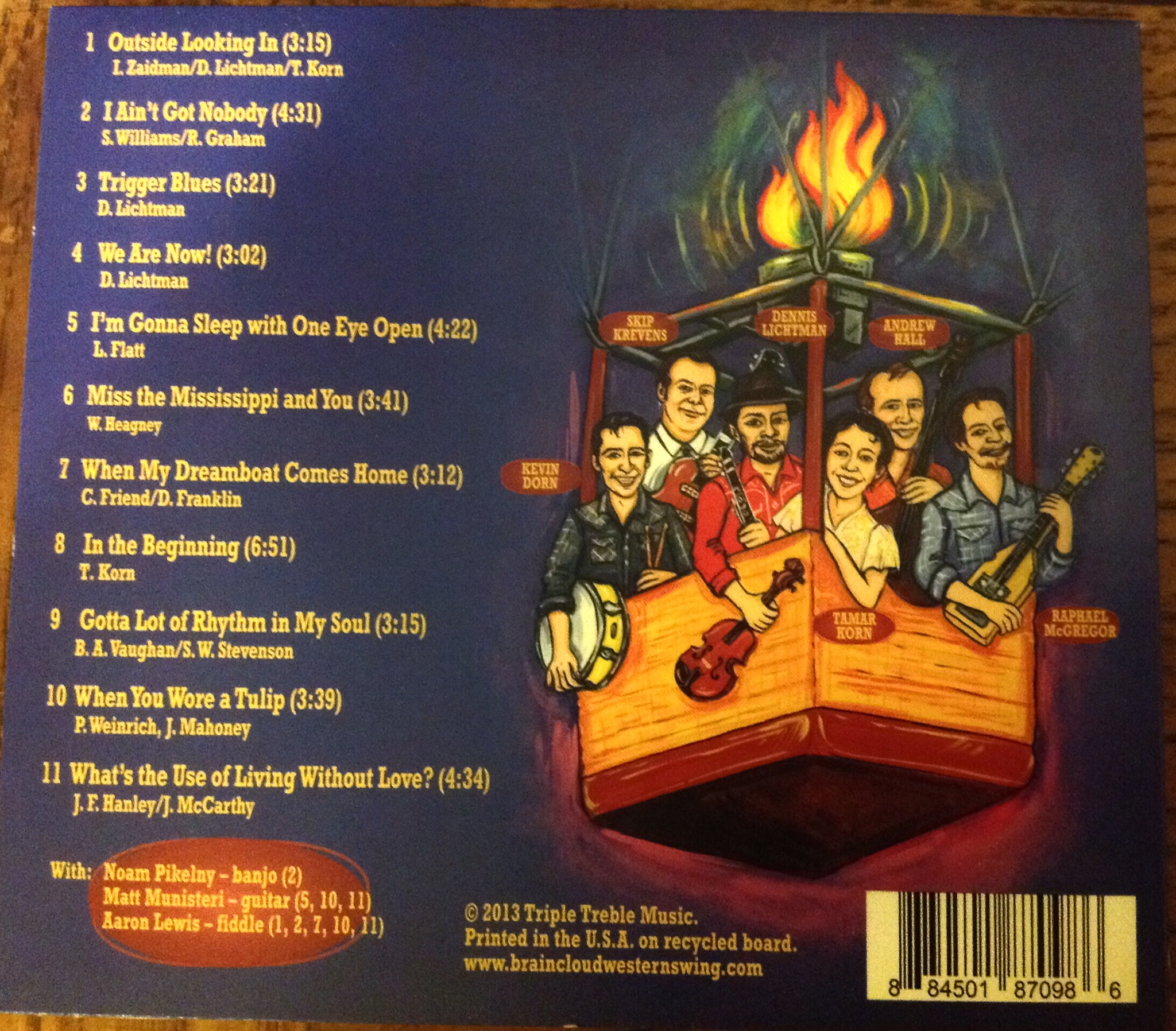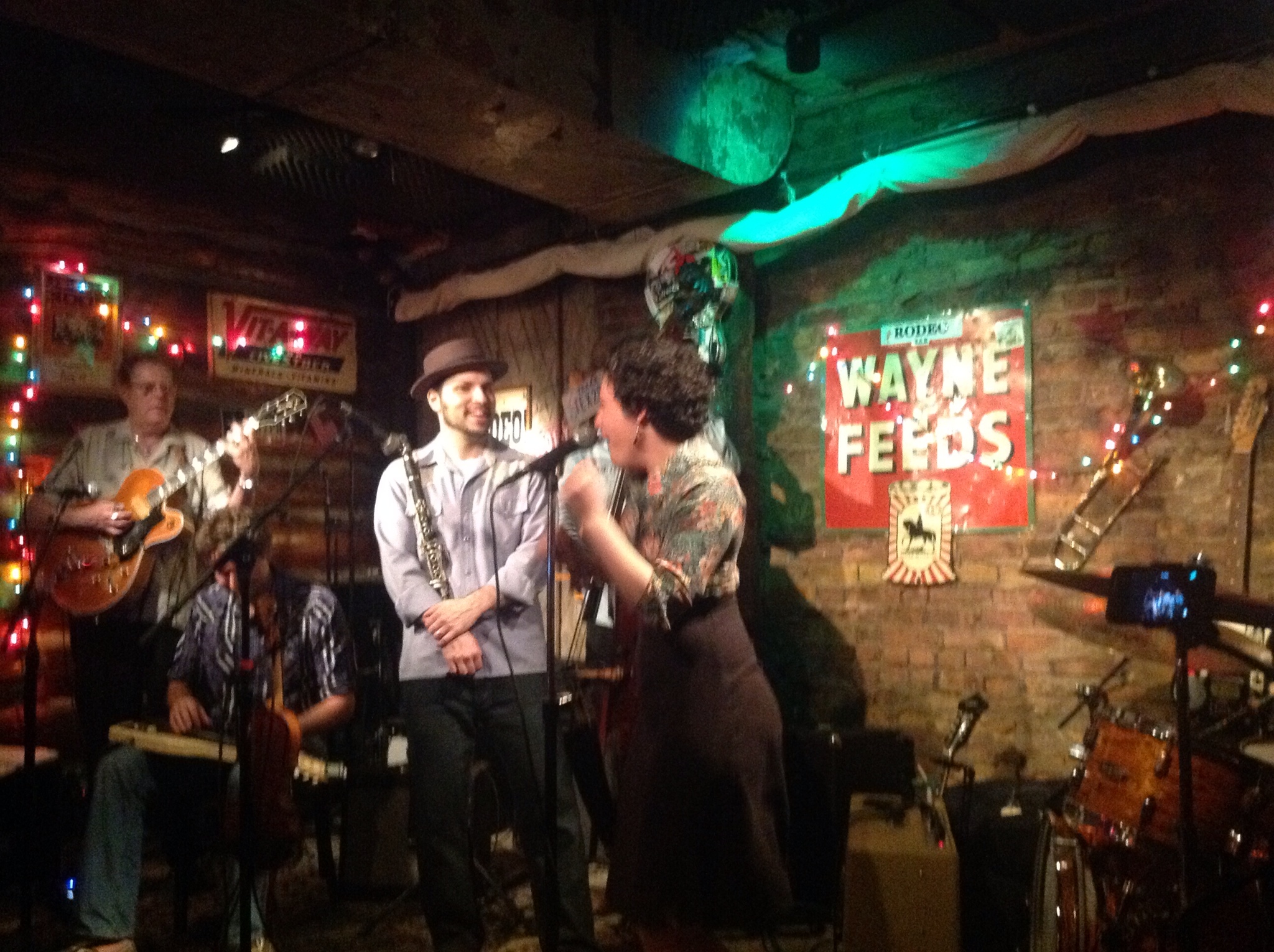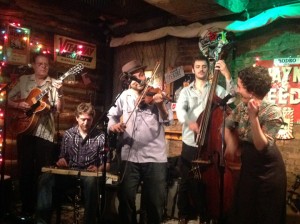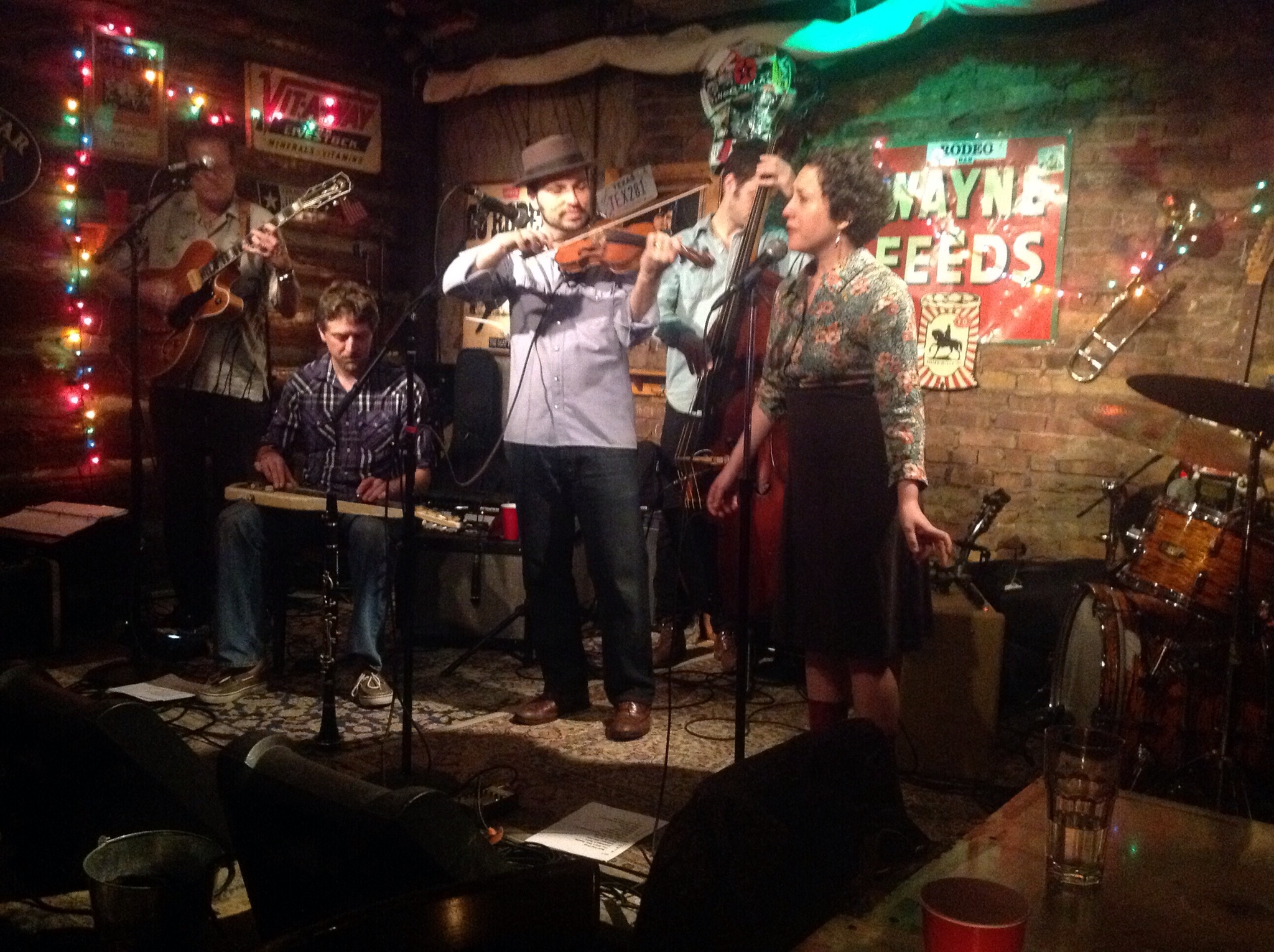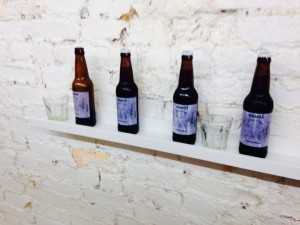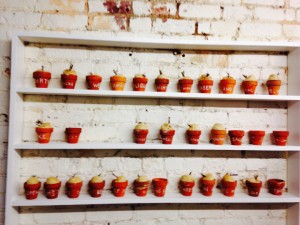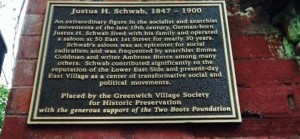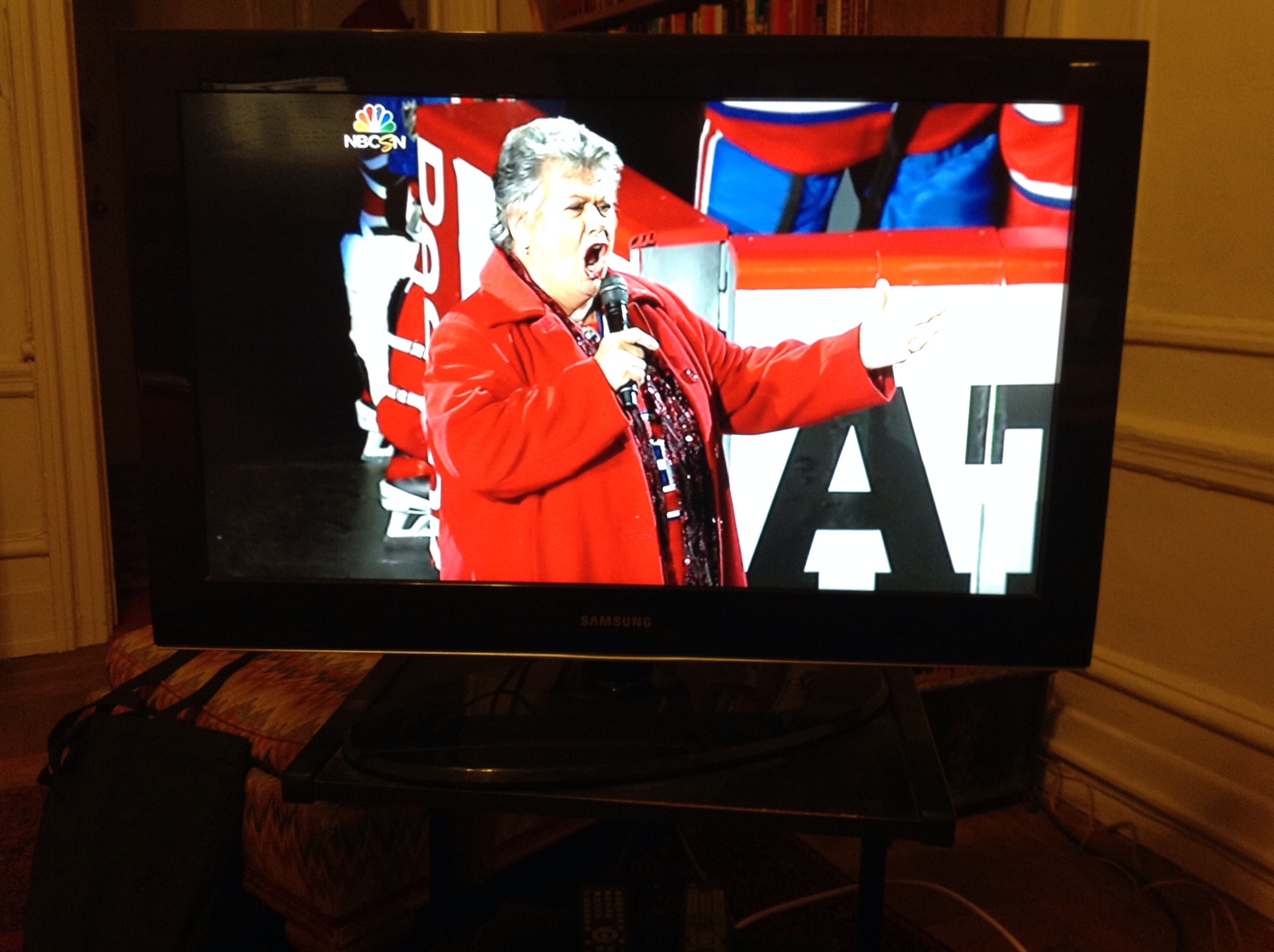 I’ve noticed we live now in an age of reunions, with various landmarks in our lives regularly memorialized. There are invitations to school reunions, throw-back Thursdays in our social networks (aka #tbt), and much (re)greeting and (re-)meeting at occasions related to our professions. Most recent among these for me was Book Expo America (BEA), held in NYC May 28-31 at the Javits Center.
I’ve noticed we live now in an age of reunions, with various landmarks in our lives regularly memorialized. There are invitations to school reunions, throw-back Thursdays in our social networks (aka #tbt), and much (re)greeting and (re-)meeting at occasions related to our professions. Most recent among these for me was Book Expo America (BEA), held in NYC May 28-31 at the Javits Center.
I’ve been attending the annual book convention most years since 1978, when I got started in the book business with Undercover Books, the bookstore chain I ran with my siblings and our parents until 1985, when I came to NY and began working in publishing. Over the past ten years BEA has almost always been held in NY, though in earlier decades the book industry held its trade show in Chicago, New Orleans, Atlanta, Las Vegas, Dallas, Anaheim, Los Angeles, and Washington, D.C. For a long time the event was called ABA, until the American Booksellers Association, the trade group of indie booksellers that ran it, sold the show to Reed Exhibitions, a corporation that runs such conventions. The regular meetings with many of the same people over many years accounts in part for the warmth and chumminess that makes the book business such a special field to work in.
A hunger for human connections, for friends new and old, in business and in our lives, has long been part of human nature, and I believe it’s increasing. Our society is in the third decade of the Internet, with more and more virtuality in our lives all the time, so true human contact is welcomed, especially with the economic stresses so many live with, leading us to crave actually seeing old friends and establish new relationships, giving us a chance to speak of our latest enterprises and tell our personal stories, while listening to those of our friends and counterparts. I think this appetite for the actual is also responsible for the growth I’ve noticed in the field of educational conferences—public events that have thematic programming, and often quite interesting public speakers, who may speak on their own, often with projected slides, or as part of panels with multiple speakers in conversation.
I think this also helps explain why a company for which I consult, ExpertFile.com has made a good business for itself the past few years. I began working with them after I met CEO Peter Evans at Digital Book World in 2011, when they were known as SpeakerFile. One of the areas in which they’d established themselves was to help meeting planners connect with the right speakers for each event, sort of like an eHarmony for the conference industry. In their name change ExpertFile identifies the gaining of expertise as a great need of modern professionals. They still work in the conference area, but now concentrate on helping organizations amplify and promote their in-house talent through online expert centers created with ExpertFile’s unique software, enabling members of the media, businesspeople, and conference organizers to discover these uniquely talented people. During BEA, I was tweeting tech stories from the floor that I found compelling, like this one.
Another intriguing company, new to me, if not entirely new in the market, was Mediander, which describes itself as creating “a knowledge engine, and power[ing] contextual discovery.” I was reminded in what they’re doing of Small Demons, the now-shuttered company that emphasized keyword indexing and mapping of publishers’ titles. I look forward to seeing what Mediander does in months to come.
I note that during the recession, while so many industries floundered or sunk, conferences (like Aspen Institute, TED, TEDx, and Digital Book World flourished). Though O’Reilly and F&W Media shuttered Tools of Change after 2013, they still run a bunch of other conferences. By contrast, it must be said that the convention business—with events like BEA, where attendees still stroll aisles of booths set up by exhibitors—is relatively weak. BEA is trying to affiliate itself with more programmed events, but at its core it’s still been a trade show with floor exhibits mounted mostly by, in our case, publishers. Significantly, in 2013, and again this year, BEA has on its last day opened the show to the reading and bookbuying public—fans of authors—an inevitable evolution that I endorse. This latter part of BEA is now called BookCon, and Shelf Awareness reports that next year Reed will extend the the convention by a day, into Sunday with a second day of BookCon. This move, mixing an industry show with a consumer show, echoes ComicCon, a very successful show in Reed’s line-up. This year BookCon seemed to go very well, with more than 10,000 members of the reading public buying tickets and attending, as you’ll see from some photos below.
I’m going to reserve my book and publisher commentary for the captions accompanying the pictures below, most of them taken by Kyle Gallup, my wife, a painter, and Managing Editor of Philip Turner Book Productions.

Before that, I’ll say I’ve already read and enjoyed one book I got at Book Expo, Harvey Araton’s newspaper novel, Cold Type, which I made my #FridayReads this past weekend. I also want to add an observation that despite the continuing struggles of book publishing, it was actually quite an upbeat convention. Business has stabilized since the depths of the recession, and people are tired of feeling lousy, and talking as if the earth’s going to swallow us all. And, business has definitely gotten better in some areas. Also, many bookpeople I know were heartened this year by the fact that Amazon is taking it on the chin in many quarters of the press and in public opinion for their quarrel with Hachette over wholesale discount policies that the Seattle company is reportedly trying to dictate to the publisher. I don’t know when or how the standoff will end, but it makes many bookpeople, including me, feel good, or a bit better, to see the shine on Amazon’s reputation get tarnished a bit. With that, I’ll say I enjoyed I seeing many old friends, and making new ones at this year’s BEA. If you there were, dear reader, and we somehow didn’t bump in to each other, I hope you had a good convention, and I hope to see you next year. Here are many of the pictures Kyle and I took:

